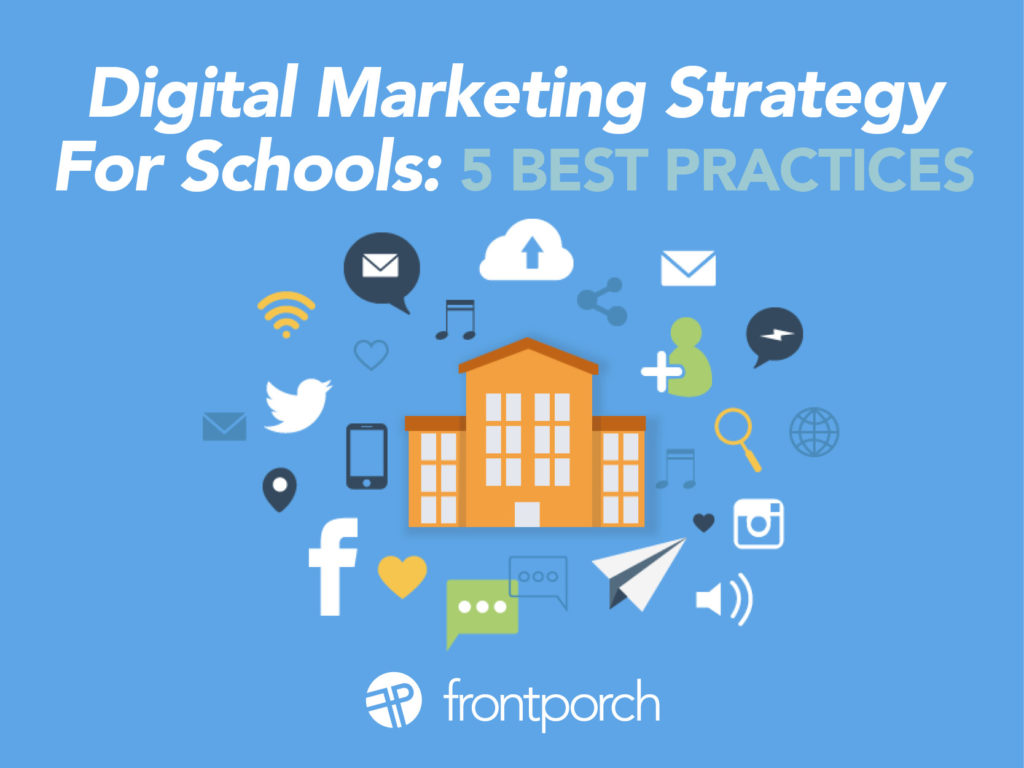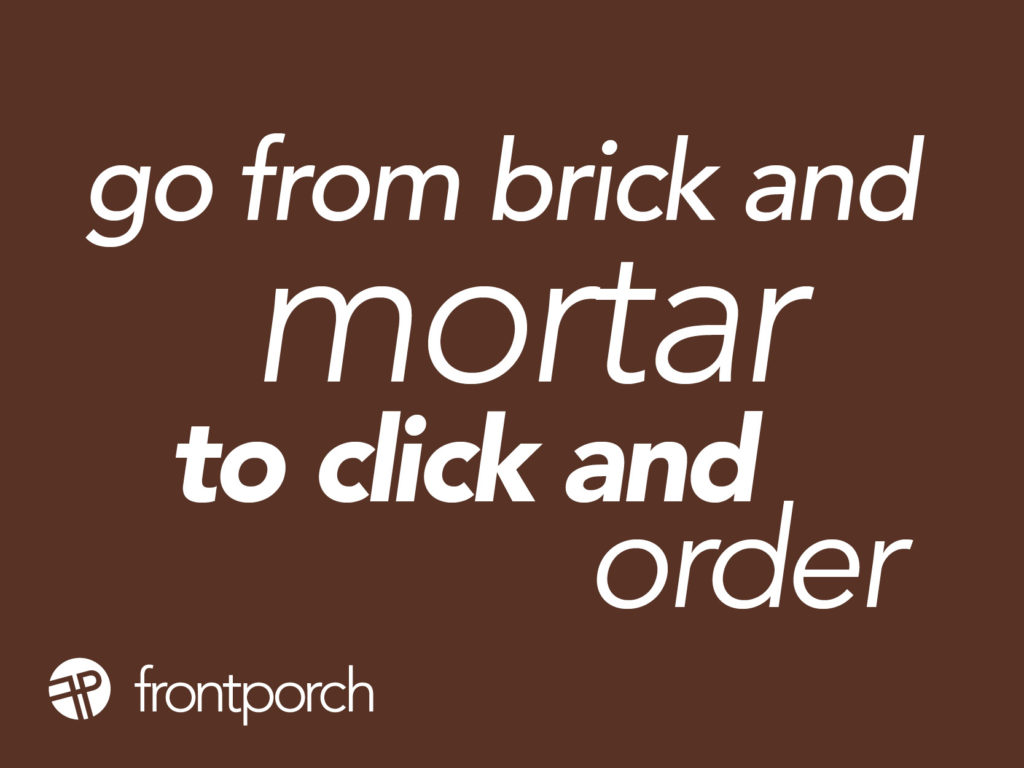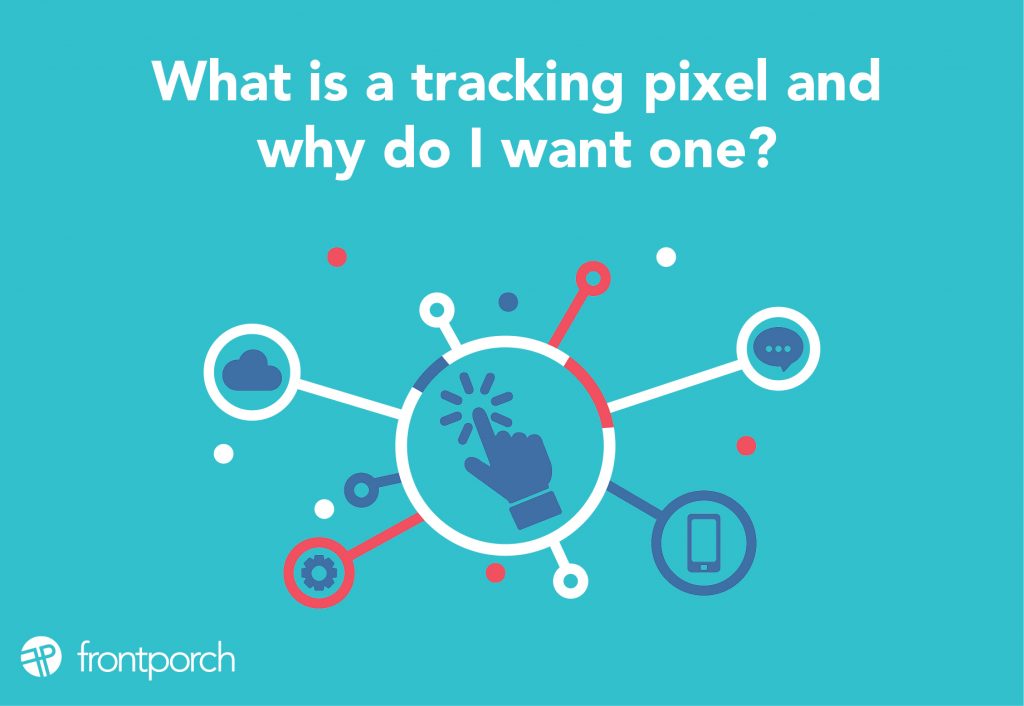
When was the last time you took inventory of your company website?
Are you scratching your head trying to remember when you last took inventory of your company website? Chances are, this might very well be the case. We sometimes overlook the critical role our website plays in our marketing efforts. For marketing to be effective, every touch point needs to be in alignment – including our website. While you’re spring cleaning your brand, don’t forget your website!
Now that you’re thinking about your site, let’s spend a few minutes talking about some of the questions you’ll want to ask yourself to determine if your website passes the test or if it could use a refresh or maybe even a complete redesign.
Company Website Inventory Questions:
- Does your website reflect your brand? What words have you heard your customer’s use to describe your website? Are they in alignment with how you want them to perceive your brand?
- How does your site stack up to current design trends? Is your design aesthetic simple and minimalistic?
- Is your content current? If not, why? Are you just not taking the time to update your content regularly? Or does your website platform make you rely on someone else to make changes?
- What website platform are you using? Is it using the latest technology and plugins? If not, your visitors may very well not have the best user experience on your site.
- Is your site getting a lot of bot traffic? If so, it may be time to improve your website security.
Steps to Take in an Inventory Process
These are just a handful of the questions you might ask yourself. Others can range from SEO to responsive design to supporting a content marketing strategy. Whatever the reason, if you answered a resounding “Yes” to one or more of these questions, it might be time to dig in your heels and get started. Which leads to the question, what steps are involved to launch a refreshed or new website?
- Audit your current site. Ask yourself. What is working? What isn’t?
- Research your competitors for best-in-class sites
- Develop your creative brief (define your target audience, brand guidelines, what are we communicating, goals, priorities, etc.)
- Establish a timeline
- Wireframe development
- Content development
- Design your site
- Develop and test your site
- Launch your new site
Why Your Site Needs to be Just Right
It may seem overwhelming at first, but when you breakdown the “Why” behind redesigning your site and the steps to implementation, you’ll realize that a new and improved site is right at your fingertips!








